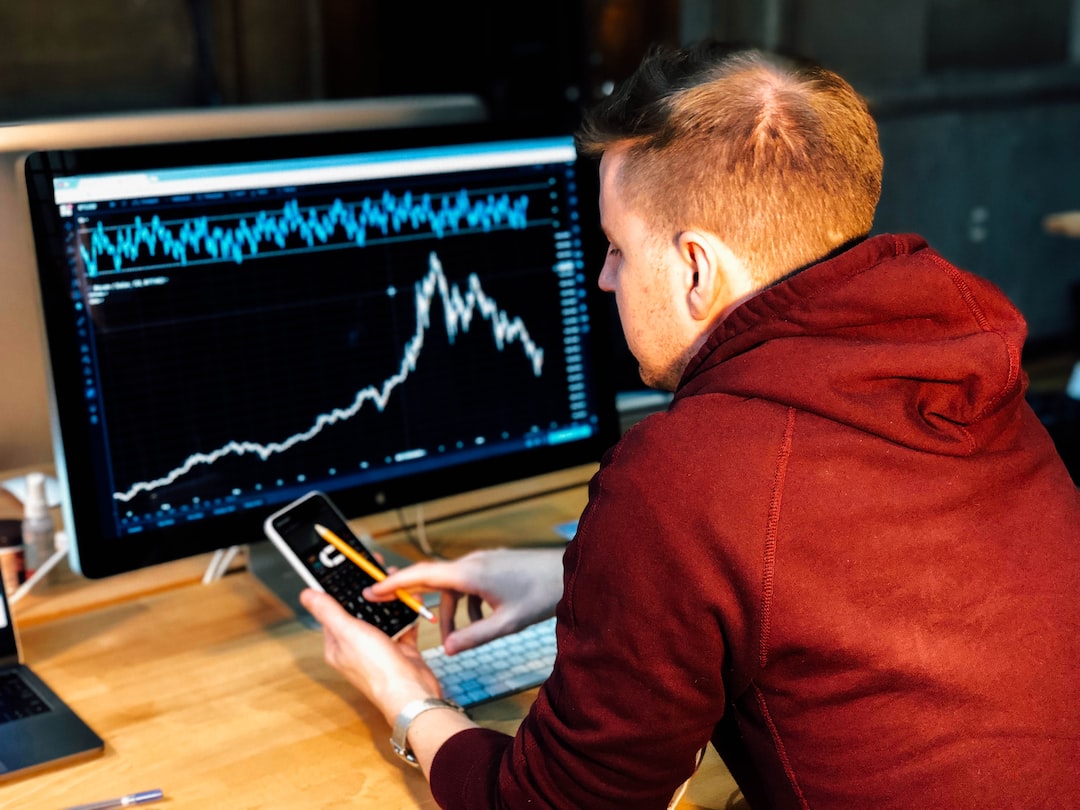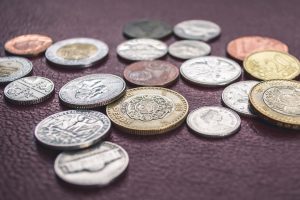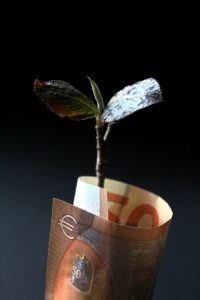Forex, or foreign exchange, is the largest financial market in the world, with a daily trading volume of over $5 trillion. It involves the buying and selling of currencies from different countries, with the aim of making a profit from the fluctuations in their exchange rates. While some traders engage in forex for practical purposes, such as international business transactions, a significant portion of the market is driven by speculative trading. In this article, we will explore the percentage of forex that is spec trading and the factors that influence it.
Speculative trading, also known as spec trading, refers to the act of buying and selling currencies with the primary aim of making a profit from the fluctuations in their exchange rates. Speculators typically have no interest in the underlying economic fundamentals of the currencies they trade; instead, they rely on technical analysis and market trends to make their decisions. Spec trading is often associated with high-risk and high-reward, as traders can make significant profits or losses in a short period.
According to a survey by the Bank for International Settlements (BIS), the percentage of forex that is spec trading is around 87%. This means that the overwhelming majority of forex transactions are driven by speculators rather than practical needs. The remaining 13% of forex transactions are attributed to commercial and central bank trading, which involves the exchange of currencies for practical purposes such as international trade, investment, and reserve management.
The high percentage of spec trading in forex can be attributed to several factors. One significant factor is the ease of access to the market. Forex trading can be done through online platforms, which makes it accessible to anyone with an internet connection. Additionally, forex trading is available 24 hours a day, five days a week, which allows traders to trade at their convenience.
Another factor that contributes to the high percentage of spec trading in forex is the liquidity of the market. The forex market is highly liquid, meaning that there is a high volume of buyers and sellers at any given time. This allows traders to enter and exit positions quickly and easily, which makes it easier to take advantage of short-term market movements.
The availability of leverage in forex trading is also a factor that contributes to the high percentage of spec trading. Leverage allows traders to control a larger position than their initial investment, which means that they can potentially make larger profits. However, leverage also increases the risk of losses, which is why it is important for traders to use it responsibly.
While spec trading is a significant driver of the forex market, it is important to note that it can also have negative effects. Speculative trading can lead to market volatility, which can make it difficult for businesses and individuals to plan for the future. Additionally, speculators may engage in practices such as currency manipulation or insider trading, which can harm the overall integrity of the market.
In conclusion, the percentage of forex that is spec trading is around 87%, according to a survey by the BIS. This high percentage can be attributed to factors such as the ease of access to the market, the liquidity of the market, and the availability of leverage. While spec trading is a significant driver of the forex market, it is important to be aware of its potential negative effects and to engage in responsible trading practices.





